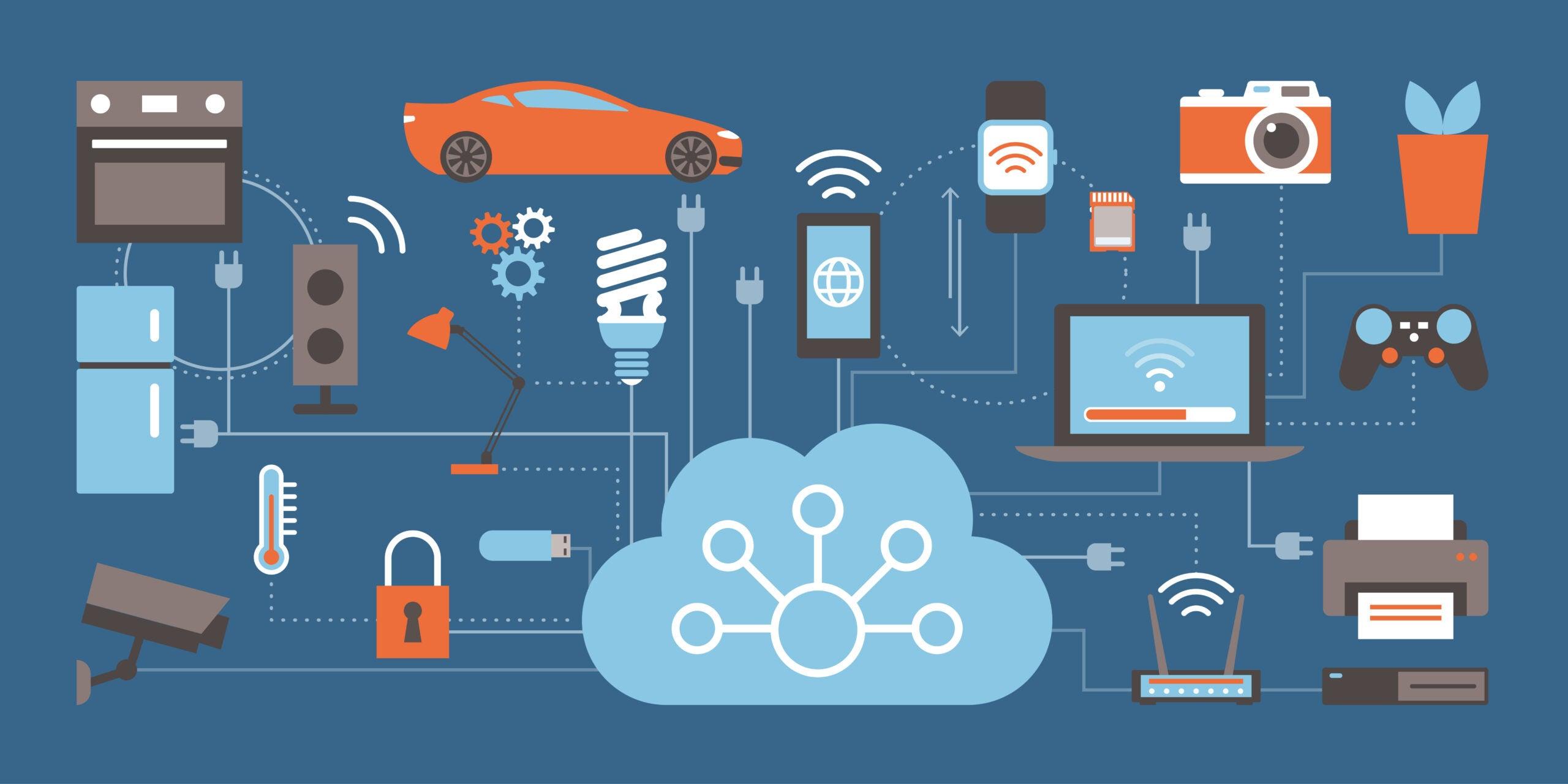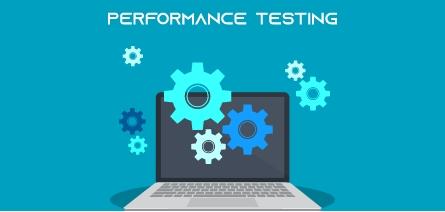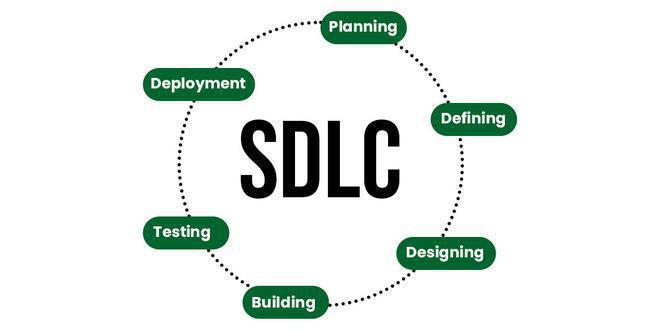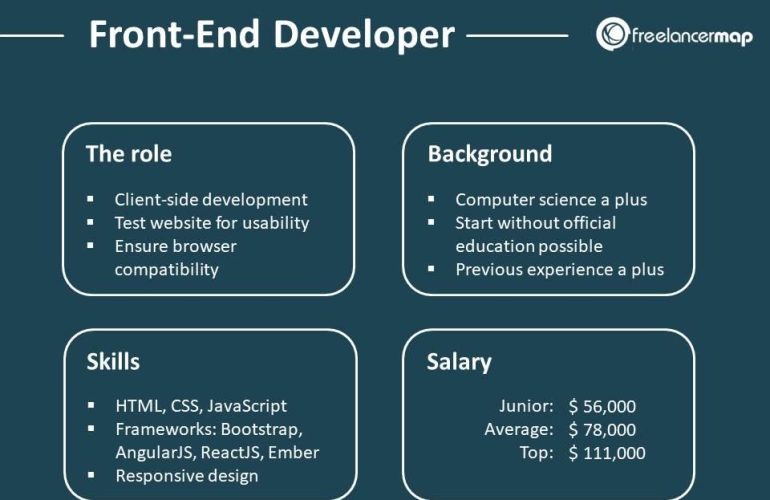Introduction:
As the Internet of Things (IoT) continues to revolutionize industries, integrating smart devices and data analytics into everyday operations has become not just an innovation but a necessity for forward-thinking organizations. In this rapidly evolving landscape, professionals are tasked with the challenge of harnessing the potential of IoT to drive efficiency, enhance customer experience, and create new revenue streams. However, navigating the complexities of IoT development requires a strategic approach that encompasses a blend of technical knowledge, market insights, and robust project management skills.
This article serves as a comprehensive guide for industry professionals seeking to master IoT development. It outlines critical steps, best practices, and strategic considerations needed to successfully implement IoT solutions within your organization. From understanding the foundational technologies and platforms to tackling security concerns and data management challenges, this guide aims to equip you with the tools and knowledge necessary for thriving in an IoT-driven world. Whether you are a seasoned developer, a project manager, or an executive looking to innovate, this strategic resource will empower you to lead your organization into the future of connected technology with confidence and clarity.
Table of Contents
- Understanding the IoT Ecosystem and Its Key Components
- Frameworks and Protocols for Effective IoT Architecture
- Best Practices for Security and Data Privacy in IoT Solutions
- Strategies for Scalability and Interoperability in IoT Development
- The Way Forward
Understanding the IoT Ecosystem and Its Key Components
The Internet of Things (IoT) ecosystem is a complex network of devices, software, and services that work in harmony to gather, share, and analyze data. At the heart of this ecosystem are sensors and actuators which collect information from the environment and execute predefined actions based on that data. These components are connected through communication protocols such as MQTT and HTTP, allowing them to transmit data to cloud platforms where vast computational resources enable advanced analytics. The interaction between these key elements creates a dynamic environment that fosters innovation and triggers new applications across multiple sectors, including healthcare, agriculture, and smart cities.
Managing data flow effectively is crucial in the IoT framework, which is where data management and analytics play a pivotal role. Data collected by devices must be processed and analyzed to derive meaningful insights. This involves the use of edge computing, which allows preliminary data processing closer to the source, enhancing response times and reducing bandwidth use. On the other hand, centralized processing in the cloud facilitates more extensive analysis and storage. Key components of the IoT ecosystem can be summarized as follows:
| Component | Description |
|---|---|
| Sensors | Devices that capture data from the environment. |
| Actuators | Devices that perform actions based on commands. |
| Cloud Platforms | Infrastructure for storing and analyzing data. |
| Analytics Tools | Software used to derive insights from collected data. |
| Communication Protocols | Standards ensuring devices can communicate effectively. |
Frameworks and Protocols for Effective IoT Architecture
To effectively harness the potential of the Internet of Things, it is crucial to implement a robust framework that aligns with industry standards and best practices. Key frameworks such as AWS IoT, Azure IoT Hub, and Google Cloud IoT provide comprehensive ecosystems that facilitate the development, deployment, and management of IoT applications. Each framework offers unique features, including scalable data processing, machine learning capabilities, and cross-platform integration, enabling developers to focus on creating value-driven solutions. In addition, adopting established communication protocols like MQTT, CoAP, and HTTP/2 ensures reliable and efficient data exchange between devices, minimizing latency and optimizing network bandwidth.
Integrating these frameworks and protocols forms the backbone of a successful IoT architecture. A strategic approach involves considering the following aspects:
- Scalability: Ensure the architecture can grow with increasing device numbers.
- Security: Implement robust encryption and authentication measures.
- Interoperability: Choose frameworks that support various devices and standards.
- Data Management: Utilize efficient data storage and processing solutions.
Ultimately, robust frameworks and standardized protocols empower professionals to build reliable, secure, and scalable IoT ecosystems that address the complexities of modern technological demands.
Best Practices for Security and Data Privacy in IoT Solutions
Integrating robust security measures and protecting data privacy are paramount in developing IoT solutions. End-to-end encryption should be implemented to safeguard data transmission between devices and the cloud, minimizing the risk of interception. Moreover, regular software updates and patch management are essential to address vulnerabilities and stay ahead of potential threats. A comprehensive identity management system ensures that only authorized users and devices can access sensitive information, reinforcing the integrity of your IoT ecosystem. Additionally, fostering a culture of security awareness among team members can significantly reduce human errors that lead to security breaches.
Establishing a clear data governance framework will help define how data is collected, used, and shared across your IoT network. It is also important to implement data anonymization techniques in compliance with regulations such as GDPR, ensuring that even if data is compromised, it cannot be traced back to individual users. Consider conducting regular security assessments and penetration testing to identify potential vulnerabilities within your IoT infrastructure. A proactive stance on security, combined with adherence to industry standards, will not only enhance user trust but also solidify your organization’s reputation as a leader in secure IoT deployment.
Strategies for Scalability and Interoperability in IoT Development
For effective IoT development, businesses must employ scalable architectures that facilitate growth and innovation while accommodating an ever-expanding array of devices. To achieve this, it is critical to implement microservices architecture, which allows developers to build applications as a collection of loosely coupled services. This modular approach not only simplifies updates and maintenance but also enhances flexibility as developers can scale individual services based on demand. Leveraging cloud computing resources further amplifies scalability, enabling organizations to seamlessly manage data processing and storage as IoT demand fluctuates. Key components of a scalable architecture include:
- Containerization: Utilizing technologies like Docker to encapsulate applications into containers for easier deployment.
- Load Balancing: Distributing workloads evenly across servers to optimize resource use and reduce latency.
- API Management: Employing well-defined APIs to ensure smooth communication between devices and services.
Interoperability is essential in an increasingly fragmented IoT landscape to ensure seamless communication across diverse devices and platforms. Adopting industry standards such as MQTT and CoAP facilitates efficient data exchange while reducing integration efforts. Moreover, incorporating edge computing capabilities can significantly improve interoperability by processing data closer to the source, thereby minimizing latency and enhancing real-time decision-making. Additional strategies to enhance interoperability encompass:
- Open Standards Adoption: Supporting open communication protocols that foster compatibility among various devices.
- Cross-Platform Frameworks: Utilizing frameworks like Node-RED for simplified integration of different systems.
- Regular Firmware Updates: Ensuring that devices remain compliant with the latest interoperability standards.
The Way Forward
mastering IoT development is not just a technical endeavor; it is a strategic imperative for professionals navigating the complexities of a rapidly evolving digital landscape. By understanding the fundamental components of IoT ecosystems, leveraging emerging technologies, and adopting best practices in security and scalability, you position yourself—and your organization—at the forefront of innovation.
As you implement the insights gained from this guide, remember that continuous learning and adaptation are key to thriving in the Internet of Things domain. Collaboration across disciplines and embracing a proactive mindset will serve as catalysts for success in your IoT initiatives.
As you embark on this journey, keep in mind that the future of connectivity is bright, and those who equip themselves with the right skills and knowledge today will lead the charge tomorrow. Stay informed, stay agile, and become a catalyst for change in the IoT revolution.






